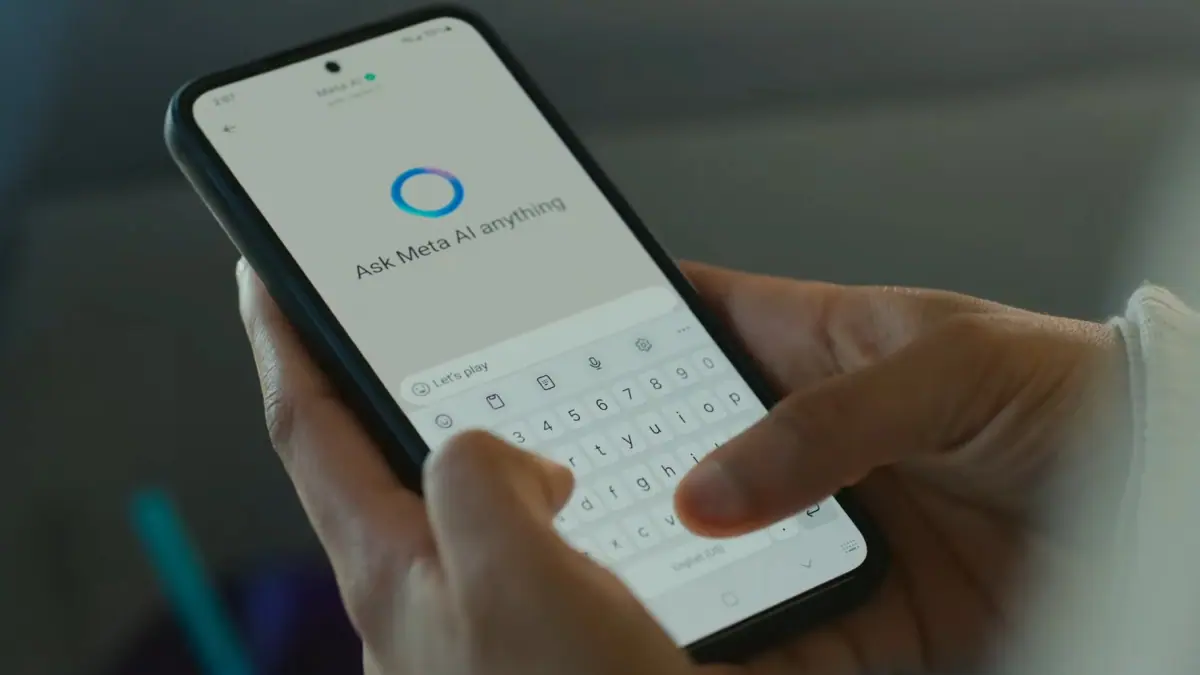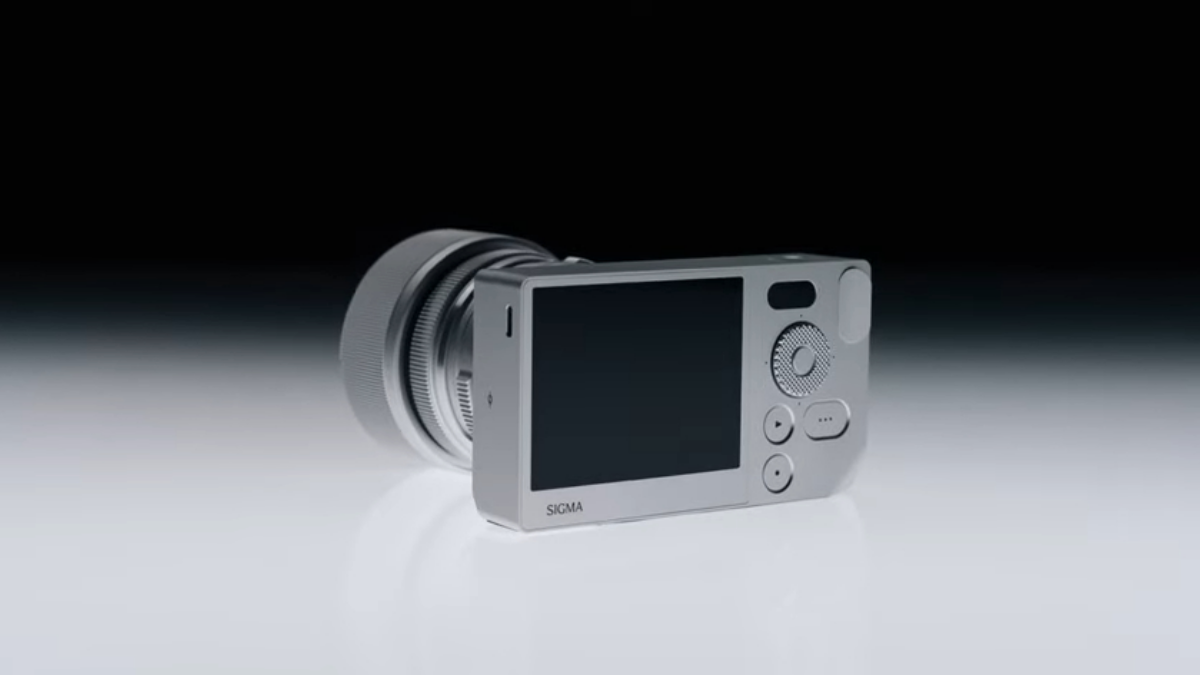Microsoft allows Administrators to block upgrades to Windows 10 through Windows Update
6 min. read
Published on
Read our disclosure page to find out how can you help MSPoweruser sustain the editorial team Read more
While Consumer Windows 7 and Windows 8.1 machines are eligible for the free Windows 10 upgrade offer and will be able to upgrade through Windows Update, this offer is not available to customers who are using Enterprise or Embedded editions of Windows 7 and Windows 8.1. But qualified devices that are running Windows 7 Pro or Windows 8.1 Pro are eligible for the free Windows 10 upgrade offer. But some business customers may not want to individually upgrade their devices. To support these organizations, Microsoft is offering different options to receive and manage updating to Windows 10, such as:
-
Organizations with IT departments who prefer to upgrade themselves. We have details on how IT administrators can prevent the “Get Windows 10” app from running on employees’ devices in the support article KB3080351.
-
Large corporations running Windows Enterprise edition or using onsite updating tools. The “Get Windows 10” app will not be introduced to PCs in large corporations who run Enterprise edition or who prefer to manage their own updates with onsite tools (including WSUS or System Center Configuration Manager.)
Detailed info for IT Admins:
You can manage the Windows 10 upgrade by using any of the following methods.
Group Policy
Microsoft has released new updates to enable you to block upgrades to Windows 10 through Windows Update. These updates install a new Group Policy Object. Computers that have this Group Policy Object enabled will never detect, download, or install an upgrade to the latest version of Windows.
To obtain and install these updates, go to the following Microsoft Knowledge Base articles:
To configure this Group Policy Object by using Group Policy, the following conditions apply:
- The appropriate update must be installed.
- You must use the updated WindowsUpdate.admx file by copying the file from the editing policy location.
Computer Configuration
To block the upgrade by using Computer Configuration, follow these steps:
- Click Computer Configuration.
- Click Policies.
- Click Administrative Templates.
- Click Windows Components.
- Click Windows Update.
- Double-click Turn off the upgrade to the latest version of Windows through Windows Update.
- Click Enable.
Policy path: Computer Configuration / Administrative Templates / Windows Components / Windows Update Policy
Setting: Turn off the upgrade to the latest version of Windows through Windows UpdateWindows registry
Important Follow the steps in this section carefully. Serious problems might occur if you modify the registry incorrectly. Before you modify it, back up the registry for restoration in case problems occur.
To block the upgrade to Windows 10 through Windows Update, specify the following registry value:
Subkey: HKLMSOFTWAREPoliciesMicrosoftWindowsWindowsUpdate
DWORD value: DisableOSUpgrade = 1Hide the Get Windows 10 app (notification area icon)
Automatic scenarios
The Windows 10 notification app is automatically blocked (that is, no further action is required) on computers or other devices in the following scenarios:
- The computer is running any of the following systems, which are excluded from this reservation offer:
- Windows 8.1 Enterprise or Windows 8 Enterprise
- Windows RT 8.1 or Windows RT
- Windows Embedded 8.1 Pro
- Windows Embedded 8 Standard
- Windows Embedded 8.1 Industry or Windows Embedded 8 Industry
- Windows 7 Enterprise
- Windows 7 for Embedded Systems
- Windows Embedded Standard 7
- Windows Embedded POSReady 7
Non-automatic scenarios
Windows registry
Important Follow the steps in this section carefully. Serious problems might occur if you modify the registry incorrectly. Before you modify it, back up the registry for restoration in case problems occur.
For non-Enterprise versions of Windows, the notification icon can be suppressed through the Windows registry. To do this, set the following registry value:
Subkey: HKLMSoftwarePoliciesMicrosoftWindowsGwx
DWORD value: DisableGwx = 1Enable the Get Windows 10 app (notification area icon)
If you don’t see the Get Windows 10 app (the small icon in the notification area), this might occur for any of the following reasons:
- The computer or other device is not up to date because it doesn’t have at least Windows 7 Service Pack 1 (SP1) or Windows 8.1 Update installed.
- Windows Update is turned off or is not set to automatically receive updates.
- You have blocked or uninstalled the necessary Windows Update functionality. For more information about this, see KB article 3035583.
- The Windows installation is not activated.
- The device is running any of the following systems, which are excluded from this reservation offer:
- Windows 8.1 Enterprise or Windows 8 Enterprise
- Windows RT 8.1 or Windows RT
- Windows Embedded 8.1 Pro
- Windows Embedded 8 Standard
- Windows Embedded 8.1 Industry or Windows Embedded 8 Industry
- Windows 7 Enterprise
- Windows 7 for Embedded Systems
- Windows Embedded Standard 7
- Windows Embedded POSReady 7
- The device is managed by an IT administrator who has suppressed the icon from being shown on your desktop. (To verify this situation, check with your IT administrator.)
You can fix the first three issues by running Windows Update and installing all available updates. If you believe that none of these conditions apply to you, and if you still do not see the icon, follow these steps.
Note This fix will determine whether your device meets all the prerequisites, and then it will turn on the Get Windows 10 app as appropriate.
- Start Notepad.
- Paste the following text into Notepad:
schtasks /run /TN "MicrosoftWindowsSetupgwxrefreshgwxconfigandcontent" “reg delete HKLMSoftwarePoliciesMicrosoftWindowsGwx /value DisableGwx”- Click File, and then click Save As.
- In the File name box, change the file name to ReserveWin10.cmd.
- In the Save as type list, select All files (*.*), and then select the folder that you want to save the file to. For example, save the file to C:/Temp.
- Click Save.
- Open an elevated Command Prompt window. To do this, open the Start screen or Start menu, type Command Prompt in the search box, right-click Command Prompt in the results list, and then click Run as administrator.
- Run the file from the location that you selected in Step 5. For example, type the following command at the command prompt window:
C:/Temp/ReserveWin10.cmdThe Microsoft Compatibility Appraiser can take 10–30 minutes to run. During this time, the script will continuously provide status reports that it is running. Please be patient! If the script is failing in an infinite loop, this means that you don’t have the necessary prerequisite Windows updates installed. In addition to having either Windows 7 SP1 or Windows 8.1 Update installed, you must also have the following updates installed:
For Windows 7 SP1
3035583 Update installs Get Windows 10 app in Windows 8.1 and Windows 7 SP1
2952664 Compatibility update for upgrading Windows 7For Windows 8.1 Update
3035583 Update installs Get Windows 10 app in Windows 8.1 and Windows 7 SP1
2976978 Compatibility update for Windows 8.1 and Windows 8To manually verify that you have these updates installed, type the following command at an elevated command prompt:
dism /online /get-packages | findstr <KBID>Note In this command, <KBID> represents the actual KB update article number of the update that you are looking for.
If you have the update installed, this command will display the package identity. For example, Windows 8.1 users should see the following:
C:>dism /online /get-packages | findstr 3035583
Package Identity : Package_for_KB3035583~31bf3856ad364e35~amd64~~6.3.1.29Script for non-English Windows versions
For non-English versions of Windows, use the following script (which is now the same script as shown in step 2 of the preceding procedure):
schtasks /run /TN "MicrosoftWindowsSetupgwxrefreshgwxconfigandcontent"










User forum
0 messages